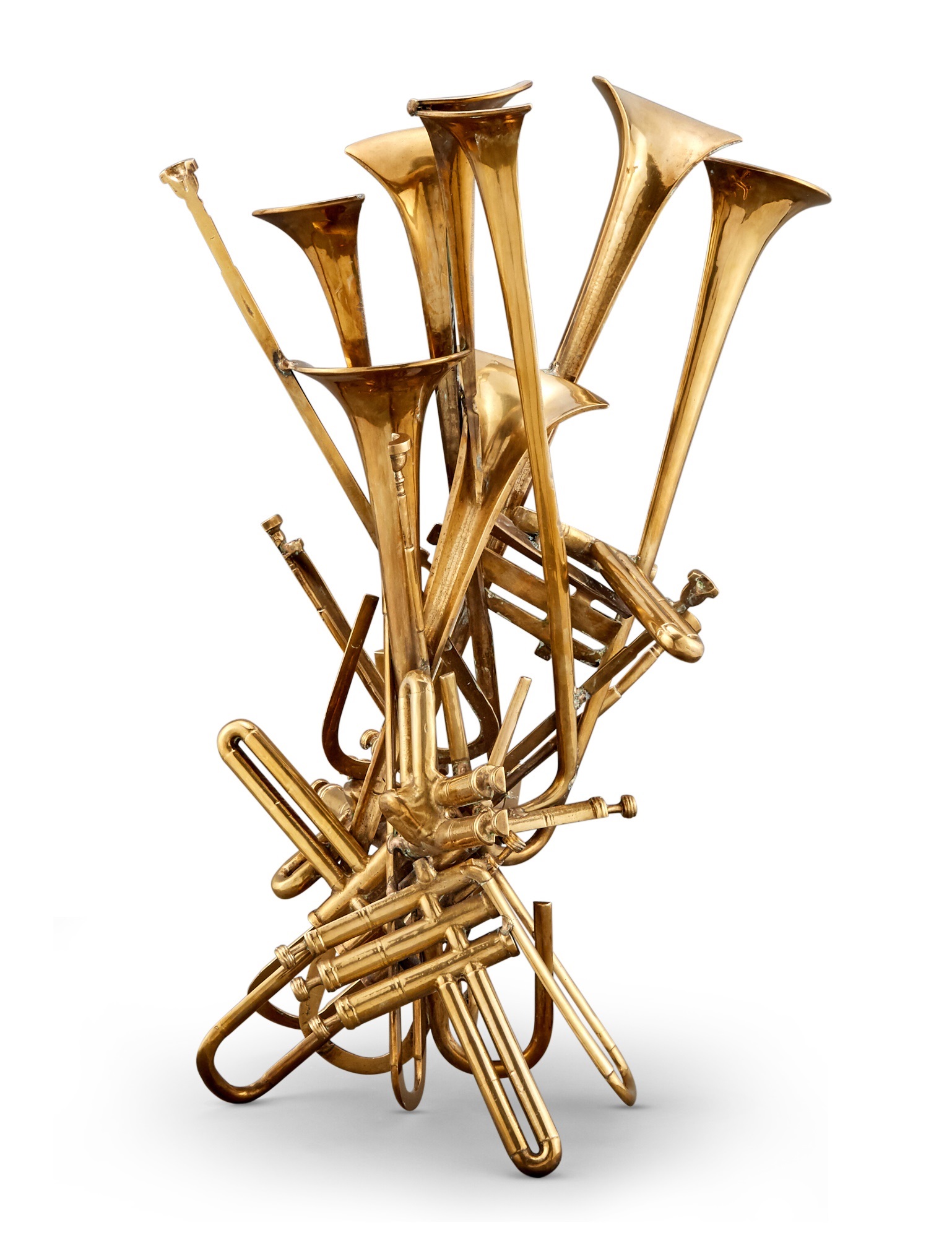
Arman
French/American, 1928-2005
Arman, born Armand Pierre Fernandez in Nice, France, was a key figure in postwar art known for converting everyday items into large-scale assemblages, bronze sculptures, and conceptual paintings. His work focused on themes of consumerism, material culture, and repeated patterns.
After studying at the École Nationale des Arts Décoratifs in Nice, Arman began his career in painting but soon moved toward found-object art. Influenced by Dada and artists like Kurt Schwitters, he became a founding member of Nouveau Réalisme in the 1960s, using discarded materials to reflect the realities of modern life. His signature works—such as his “Accumulations” and “Poubelles”—arranged common objects like tools, instruments, and packaging into structured compositions. In later years, he cast many of these in bronze, creating works that were both industrial and sculptural.
Arman’s art has been exhibited at leading institutions including the Metropolitan Museum of Art in New York, Tate Modern in London, and Centre Pompidou in Paris. A dual citizen of France and the United States, he maintained studios in both countries and built an international career that bridged European and American art movements.




